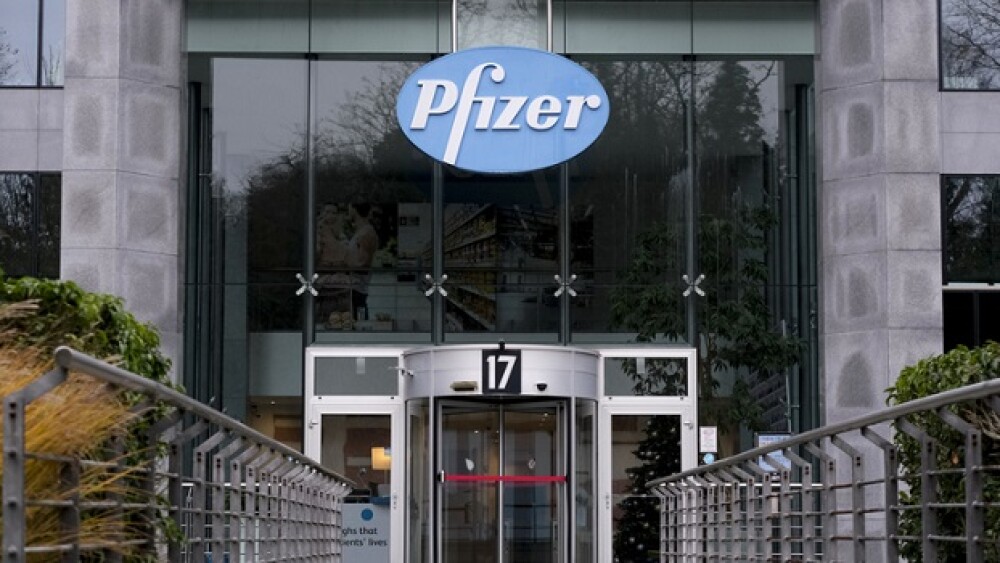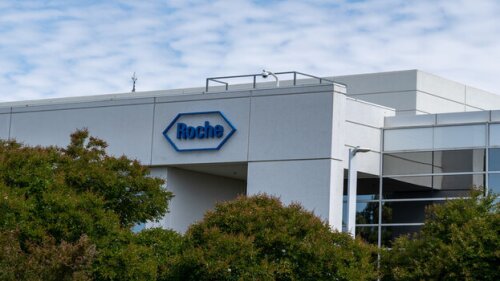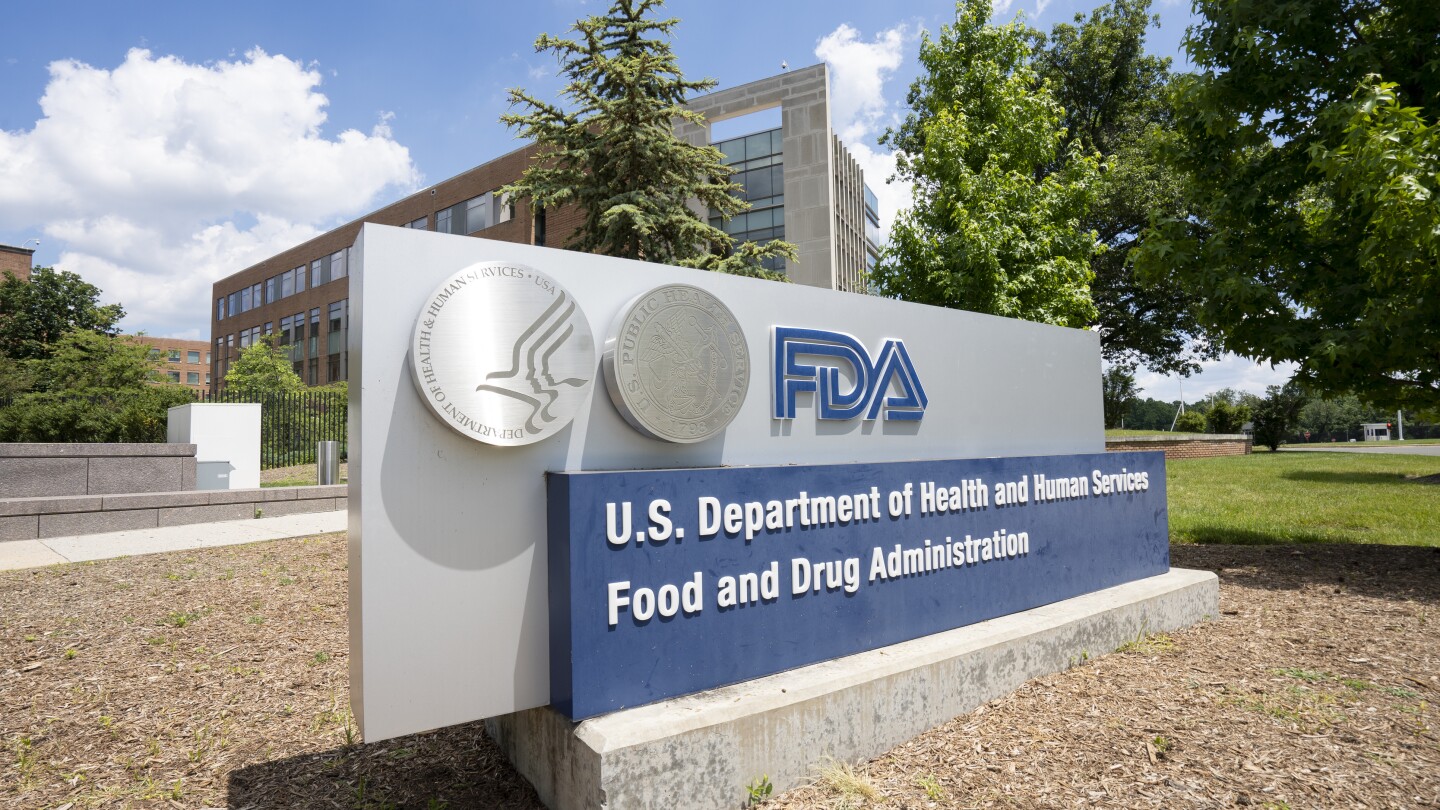News
While new late-stage data point to some liver toxicity signals, analysts at BMO Capital Markets said Tukysa’s efficacy outcomes “appear to more than make up for any safety concerns.”
FEATURED STORIES
Days after Johnson & Johnson’s posdinemab failed to slow clinical decline in patients with Alzheimer’s disease, Eisai Chief Clinical Officer Lynn Kramer expressed unwavering conviction in his company’s own anti-tau asset, while others suggest the Alzheimer’s field is heading in a completely different direction.
Nearly 90% of senior leaders who were at the FDA a year ago are no longer with the agency, a BioSpace analysis shows. None remain from the Office of the Commissioner.
Early decisions about manufacturing and supply chains could prove costly as a company reaches the commercial stage.
Job Trends
In addition to cutting most of its staff, including two C-suite executives, Leap Therapeutics is winding down research and development activities and considering a sale or partnership opportunities.
FROM OUR EDITORS
Read our takes on the biggest stories happening in the industry.
While Congress is renewing the priority review voucher program for rare pediatric diseases, the FDA should be required to keep public records of the passes changing hands, too.
THE LATEST
The 2025 meeting of the American Society of Hematology features some of the newest developments in blood cancers and rare diseases.
Dyne’s exon-skipping therapy zeleciment rostudirsen resulted in an approximately sevenfold increase in dystrophin levels at six months and elicited functional improvements that are the “best ever” for this treatment class, Stifel analysts said.
GSK and Ideaya first linked up in 2020 to advance novel therapies for solid tumors. It is unclear why the pharma terminated the partnership.
Analysts at Jefferies see blockbuster potential in zorevunersen in Dravet syndrome, with sales potentially reaching $1 billion to $4 billion.
The pharmaceutical supply chain and device development have become intricately linked. Harmonizing formulation development with drug delivery device design—and leveraging a single‐vendor ecosystem—can deliver significant time, cost, and regulatory advantages for US‑focused drug products, according to industry experts.
As the FDA unveils a parade of initiatives aimed at accelerating drug development for rare diseases, experts appeal for a consistent approval process that will support and further catalyze momentum.
The R&D pipeline for depression therapies faced a demoralizing 2025 as five high-profile candidates, including KOR antagonists by Johnson & Johnson and Neumora Therapeutics, flunked late-stage clinical trials, underscoring the persistent challenges of CNS drug development.
Innovative outcome measures coupled with a focus on patient-centered clinical differentiation can help the biopharma industry make meaningful progress in the highly complex area of neuroscience.
Commissioner Marty Makary said that the FDA will soon start requiring only one pivotal trial, instead of two, for companies seeking approval for new drugs.
Hypersensitivity reactions in a mouse model prompted the agency to suspend Denali’s planned Phase I development for DNL952 for Pompe disease.






















